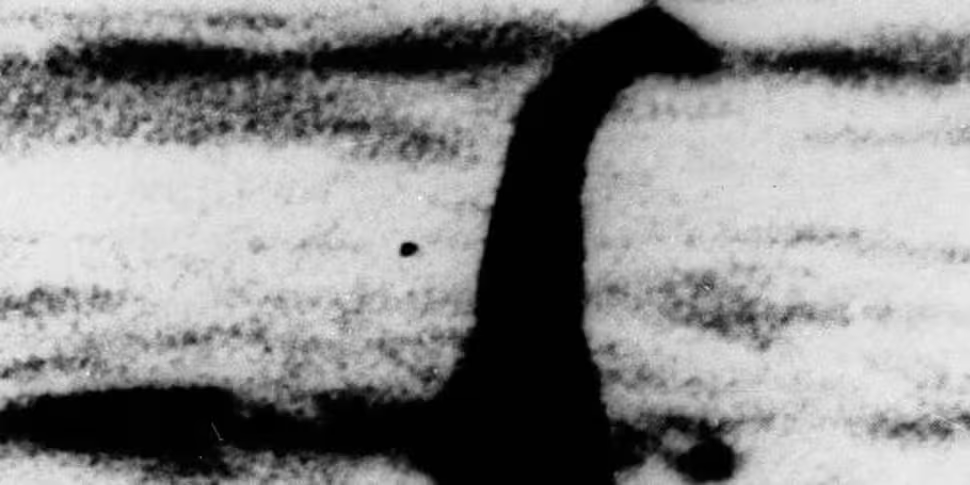The mystery of the Loch Ness Monster could become clearer as part of a new investigation.
A global team of scientists is to use DNA sampling in the waters of the famous lake in Scotland.
The team, led by Professor Neil Gemmell of the University of Otago in New Zealand, will begin its investigation next month.
They will use environmental DNA (eDNA) sampling of the waters to identify tiny DNA remnants left behind by life in the loch.
They will then establish a detailed list of all living elements in Loch Ness - and make comparisons between it and several other lochs to find how Loch Ness differs from other sites.
Researchers say if there is any evidence of DNA sequences "similar to those predicted to come from a large extinct marine reptile", Professor Gemmell said he will be surprised, but is open-minded about what they might find.
This is known as the so-called 'Jurassic hypothesis'.
Prof Gemmell said: "Large fish like catfish and sturgeons have been suggested as possible explanations for the monster myth, and we can very much test that idea and others,” he says.
"The project, however, is much more than a monster hunt.
"While the prospect of looking for evidence of the Loch Ness monster is the hook to this project, there is an extraordinary amount of new knowledge that we will gain from the work about organisms that inhabit Loch Ness - the UK's largest freshwater body."
Professor Neil Gemmell | Image: University of Otago
He predicts the team will document new species of life, particularly bacteria, and will provide important data on the extent of several new invasive species recently seen in the loch.
The use of eDNA sampling is already established as a tool for monitoring sharks, whales, fish and other animals.
Prof Gemmell said it should readily reveal what species live in the dark, mysterious waters of Loch Ness.
"Whenever a creature moves through its environment, it leaves behind tiny fragments of DNA from skin, scales, feathers, fur, faeces and urine.
"This DNA can be captured, sequenced and then used to identify that creature by comparing the sequence obtained to large databases of known genetic sequences from 100,000’s of different organisms.
"if an exact match can't be found we can generally figure out where on the tree of life that sequence fits."
The team is made up of science leaders from the UK, Denmark, USA, Australia and France.










